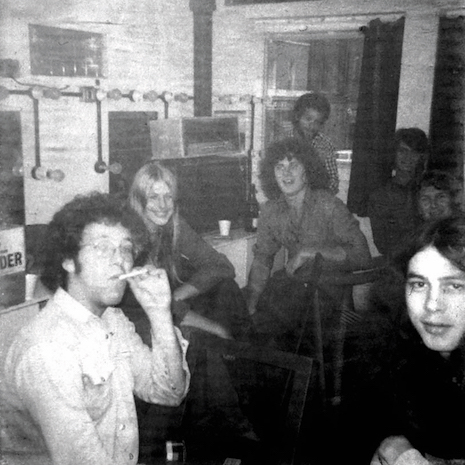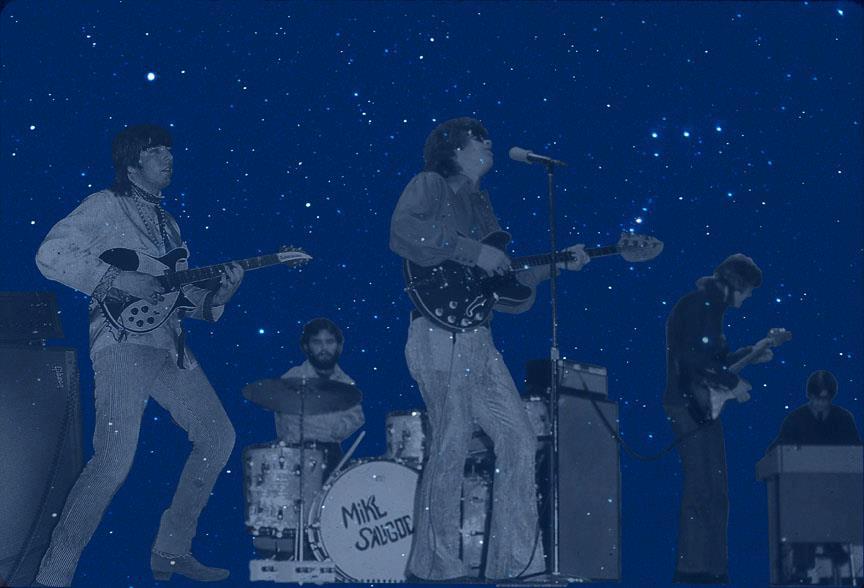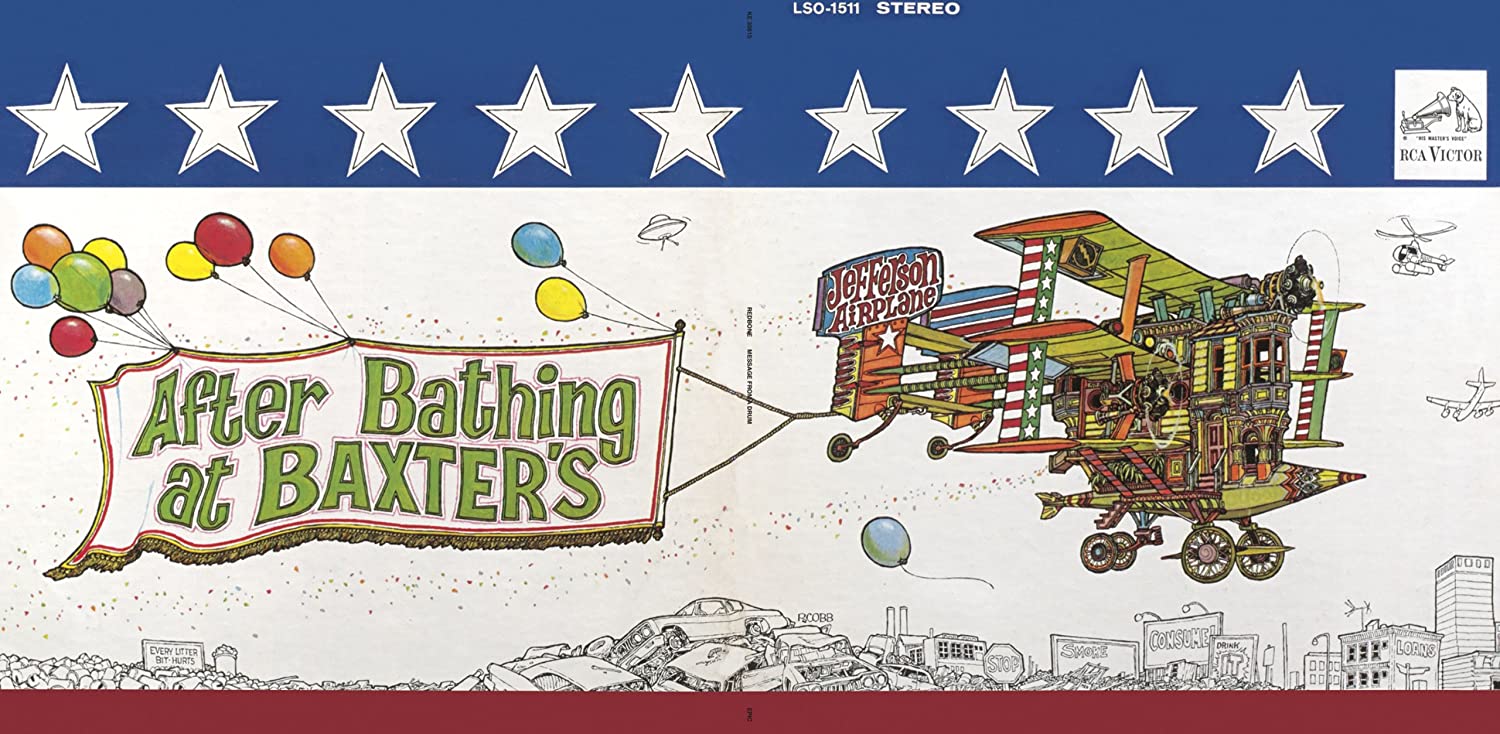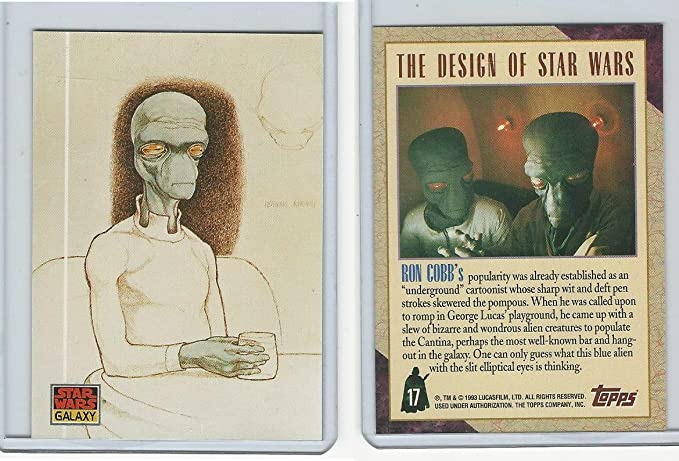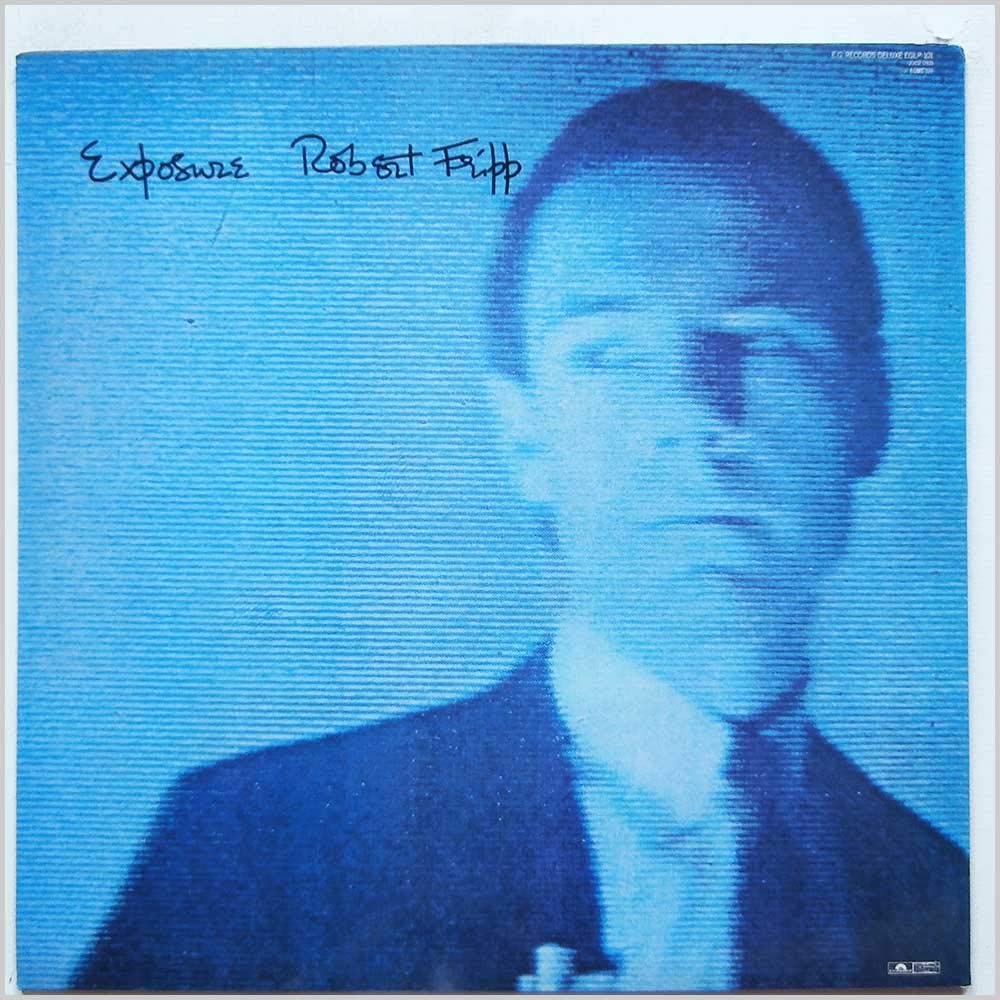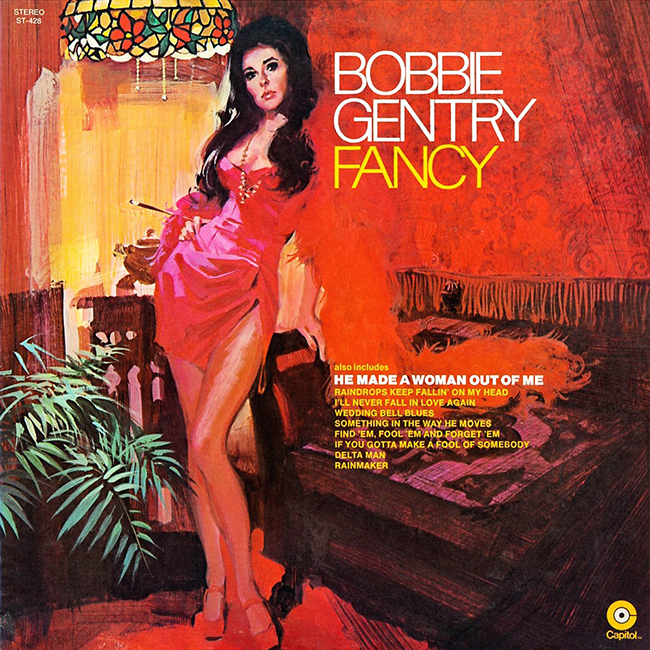
This is a guest post from Tara Murtha, author of Ode to Billie Joe.
Fifty years after Bobbie Gentry first recorded it, “Fancy” ain’t done bad.
It’s still in regular rotation on TV singing contests, down the local karaoke bar, and at the cabaret. It even inspired an off-Broadway show in 2017.
Beyond popular longevity, the subversive nature of the classic rags-to-riches story-song has helped it achieve a unique place in country music and American culture at large, where “Fancy” is simultaneously an anthem for the country music establishment—and the very artists the industry has historically shut out.
To wit, Reba McEntire performed “Fancy” as the highlight of the 2019 Country Music Association awards show. Reba’s performance was meant to “celebrat[e] legendary women in country music,” a theme chosen to acknowledge if not explicitly address the industry’s well-documented sexism problem.
At first blush it seems strange that a proud sex worker’s anthem is one of the most cherished and enduring songs in a genre typically thought of as conservative. But take a moment to examine the tradition of country songs celebrating all manner of Saturday night sins and you realize that’s only true if “conservative” is just a euphemism for systematically denying women, queer artists, and people of color equal opportunity for mainstream success.
Reba’s CMA performance opened with The Queen Of Country primly poised in the center of an illuminated labia-shaped tunnel. The icon peeled two layers of costumes off and flung them to the floor off as she unspooled the familiar tale of a young girl whose mama encouraged her to escape poverty by selling sex with the famous line, “Just be nice to the gentlemen, Fancy, and they’ll be nice to you.” By the time Fancy got herself a Georgia mansion and a New York townhouse flat, Reba was stripped down to a tight red sequin pantsuit, the audience berserk with applause.
Reba McEntire performing “Fancy” at the 2019 CMA Awards
When you see that kind of performance, you really can’t blame people for thinking that “Fancy” is Reba McEntire’s song. After all, McEntire has been performing it at every single concert since releasing her version on 1990’s Rumor Has It. She wanted to record it even earlier than that but her former producer Jimmy Bowen feared it’d sully her reputation. “Oh no,’” he told her. “You don’t need to be singing about a prostitute.’”
Now Reba calls it the biggest song of her career.
It was not, however, the biggest song of Bobbie Gentry’s career.
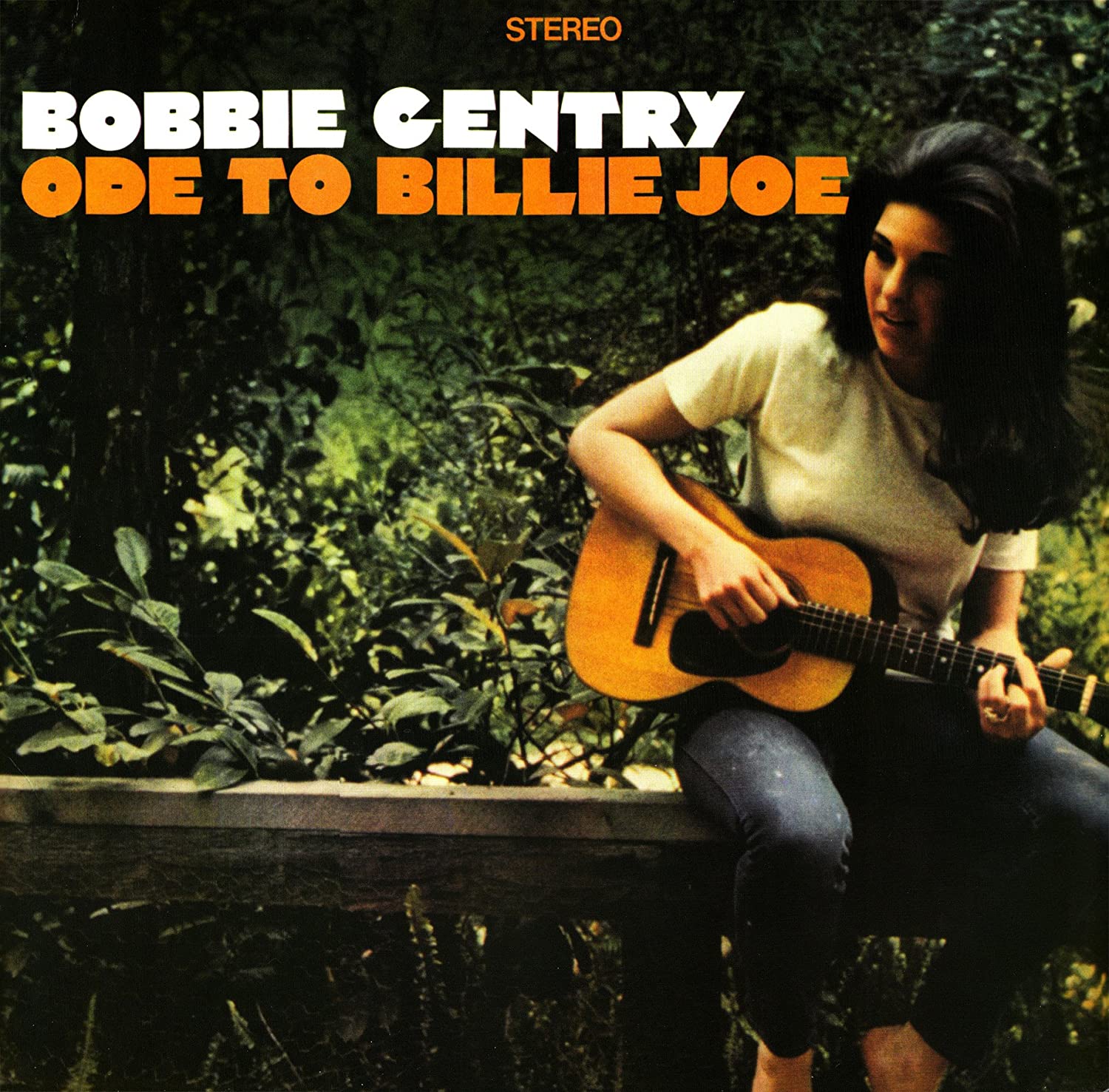
It was the summer she turned 27 when Gentry flew to FAME Studios in Muscle Shoals, Alabama to make a record steeped in the swampy, soulful sounds she heard on New Orleans radio stations while growing up on her grandparents’ farm in Mississippi.
Just two years earlier, Gentry’s smash hit debut, Ode to Billie Joe had transformed her from an unknown musician into an international star. She followed Ode up with The Delta Sweete, a concept record about life in the South. It’s considered a masterpiece today but didn’t meet sales expectations back in 1968.
Gentry was unbothered.
“No one bought it,” she said, “But I didn’t lose any sleep over it.”
Nonetheless, Gentry proceeded to release several soft-focus radio-ready pop records that felt unduly influenced by businessmen looking for another jackpot. Then in 1969, Gentry decided to shake up the status quo and return to her roots by heading to FAME Studios in Muscle Shoals, Alabama to cut a record with legendary producer Rick Hall.
Gentry’s decision shook up her brand and the recording industry at large. According to Andrew Batt, who compiled and engineered The Girl from Chickasaw County: The Complete Capitol Masters, Fancy shifted the status quo by marking the first time Capitol Records worked with an outside producer.
Batt, who interviewed Hall for the essay accompanying the Bobbie box set, says Hall asked Gentry if she’d write a narrative song like “Ode in the Billie Joe” to function as the centerpiece of the record, which is otherwise stuffed with carefully curated covers.
Two weeks later, Gentry delivered “Fancy.”
“Fancy” showcased Gentry at her best—writing character-driven narrative story-songs exploring themes resonant with her own life through vivid vignettes set in the rural South of her early childhood.
Like all great literature, “Fancy” translated Gentry’s experiences and observations into fictional elements to create a uniquely compelling tale that holds a fundamental truth about humanity more than the sum of its parts. It was also deeply subversive to write a story about an unapologetic woman who seized her power through sex work in an era when women weren’t even allowed a credit card without a male co-signer.
The most obvious way Fancy’s story echoes Gentry’s life is the rags-to-riches storyline. Born into poverty and raised on her grandparents’ farm, Gentry headed to California when she was 13 years old to live with her mother and stepfather, a journey referenced in “Chickasaw County Child” but obscured in her official Capitol biography at the time in which she was presented, as Gentry dryly noted, as if she “just sort of arose out of a swamp fog and appeared on television.”
Another resonant theme between “Fancy” and Gentry’s life was the essence of the mother-daughter relationship. Gentry’s earliest teenage gigs were duo performances with her mother, a beautiful and talented woman with creative aspirations stunted by her circumstances.
Gentry’s mother encouraged her daughter’s success and in return, Bobbie fulfilled her mother’s dreams.
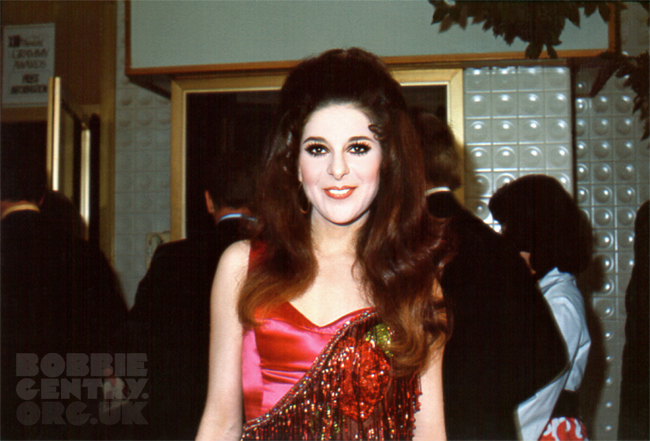
Bobbie at the Grammy Awards, 1970. Courtesy Andrew Batt / bobbiegentry.org.uk
In the summer of 1969, the girl raised on a Mississippi farm without electricity arrived in Alabama on a personal jet.
“Of course we all couldn’t wait for her to come in! I mean, it was Bobbie Gentry,” laughs musician Clayton Ivey, who played keys on the track in a session and was gracious enough to tell me about it. “She was pretty way ahead of her time, put it that way. Bobbie did her thing and it was a smash, man.”
Ivey says it didn’t take long to nail the take. Bobbie played “Fancy” on her parlor guitar for Rick Hall and studio musicians and they cut it to tape.
“She knew what she wanted,” says Ivey. “She did not sit in the corner. She didn’t get involved, she was involved. You know what I’m saying?”
“Fancy” only climbed to number 28 on the charts but it brought Gentry critical respect and a new persona. The innocent barefoot girl in a white tee-shirt and blue jeans presented on Ode to Billie Joe was replaced by Bobbie’s self-portrait—a grown woman in a tight red dress split clean up to her hip, elegantly poised with a cigarette, daring you to try and get one over.
The men at Capitol did indeed try just that. There’s never been an official story, but talk to enough people and you get the sense that a new slew of suits at Capitol weren’t keen to promote the opinionated lady who wanted something uncommon for a woman: credit for her work.
Bobbie Gentry’s career includes a long list of accomplishments without credit, either from a studio or in the culture at large. For example, Gentry recorded “Ode to Billie Joe” with a guy named Bobby Paris who then brought the tape to Capitol, where Jimmie Haskell’s strings were added on top during sweetening sessions. The original 45 only gave producer credit to the men involved.
When she pursued hosting a TV show in the late 1960s, American media executives advised Gentry that a woman simply couldn’t carry a program. Undeterred, Gentry became the first woman to host her own show on the BBC—where she was denied credit as co-producer.
We may never know the final straw in the disintegrating relationship between Capitol and Gentry but after Fancy, Gentry made one final record—which includes an explicit farewell to the industry—abruptly cut all ties to the record business, and headed to Las Vegas to reinvent herself once again.
Though Gentry’s Vegas period is mostly forgotten, it was more than twice as long as her Capitol career and arguably even more successful. Gentry’s elaborate stage productions broke records for earnings and attendance.
In the early 1980s, Gentry managed one seemingly final act of reinvention when she vanished from the public eye altogether without ceremony or announcement.
We never did get to see the “Fancy” screenplay she co-wrote, or the Christmas play, or the project about homelessness she mentioned to family in the 1980s.
Gentry just never appeared or performed in public again.
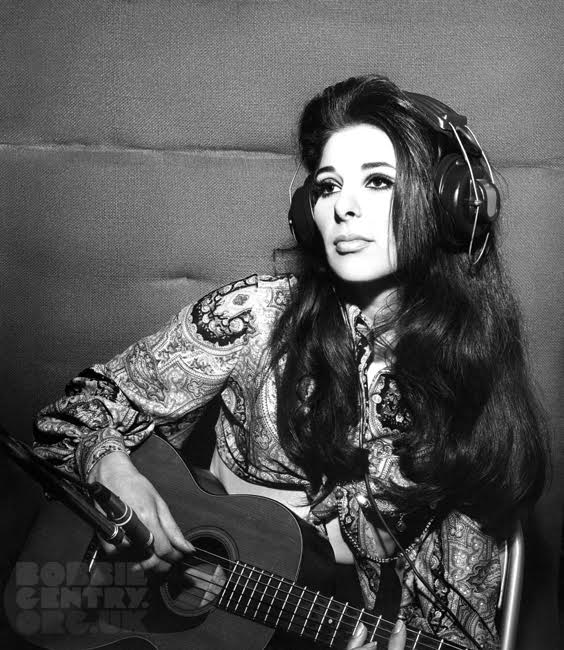
Courtesy Andrew Batt / bobbiegentry.org.uk
It’s ironic that “Fancy” was the highlight of the 2019 CMA awards show meant to celebrate legendary women in country music, because Bobbie Gentry wrote “Fancy” as a cynical commentary on her experiences as a woman navigating the male-dominated music business, according to former colleagues I interviewed while researching Ode to Billie Joe, my book that tells the story of Bobbie Gentry’s career through the prism of her debut record.
“‘Fancy’ is my biggest statement for women’s lib, if you really listen to it,” Gentry told After Dark magazine in 1974. “I agree wholeheartedly with that movement and all the serious issues that they stand for—equality, equal pay, daycare centers, and abortion rights.”
Once Gentry was completely in charge, she used her stage show to expand lyrical meditations on women and work and more deeply engage and subvert societal ideas about gender and class. On stage, she performed exaggerated representations of femininity to expose it as a social construct in a way not unlike what Dolly Parton does with her persona. She’d come out on stage swinging around a stripper pole inside a gilded birdcage for one number then perform in drag as Elvis Presley the next. For her Elvis homage, Gentry would wear a sparkling white pantsuit and slicked-back hair to perform a whiplash medley of Elvis songs, strutting across the stage with exaggerated masculine swagger, hair coiffed into a pompadour, painted lips pulled back a snarl.
Never afraid of scandal, Gentry doubled down on the salacious plotline of “Fancy” by instructing the band to play a few bars of “House of the Rising Sun,” the blues song about a New Orleans brothel, as a prologue to “Fancy.”
She also added a coda. The music would swell a key higher to ramp up tension after the final line in the recorded version. Then Bobbie, in Fancy’s signature slinky red gown, would toss a boa over her shoulder and belt, “If I did it again, I’d do it the same! My name is Fancy, and I’m not ashamed! My name is Fancy!”
Gentry sauntered off stage with her head high, hips swinging like a hypnotist’s pocket watch. As she exited the stage, all the audience could see was one final bullwhip snap of her boa before the stage went black.
The thing about subversive art is that contains a secret message that stirs echoes within a select few.
While the mainstream industry can see itself reflected in the way “Fancy” flaunts the American dream of self-made material success—that is, after all, the story they sell to artists and audiences—outsiders instinctively understand that it’s Fancy’s response to her circumstances, her unapologetic transgression and defiant joy, that is the center of the song.
“I think it resonates with anybody who’s ever felt suppressed by their circumstances,” says Orville Peck, the queer country crooner known for maintaining anonymity by donning a series of fringed masks ranging in vibe from the Lone Ranger to something delightfully kinkier. “It’s almost like if ‘Fancy’ had to be told through a story now, it could just as easily be told through the tale of a trans kid in Harlem or a small town in the South.”
Peck, a “Fancy” fan since the first time he heard Reba sing it on the radio when he was around 12 years old, started playing it live last year.
Orville Peck performs “Fancy” in Brooklyn, 2019
Recently, he announced he recorded the track and will be releasing it on his forthcoming Show Pony EP, out August 14.
“Fancy” feels like a natural fit for Peck, a former indie-rock drummer whose persona echoes the classic singing cowboy of yore, except now it’s 2020 and this lone gay rider is scanning the frontier searching for home in a genre bursting with queer talent who, all too often, remain marginalized.
Like Reba, Peck thought about “Fancy” a long time before finally doing it. He wondered if he had the artistic right to sing it and worried about whether he should change the pronouns.
“I have massive respect for the history of country music … [and] a huge affinity at a very young age for a lot of the female voices in country because they wrote from more a marginalized place than a lot of the male writers, at least in that era,” says Peck.
Eventually, Peck decided to honor and deepen the song’s subversive powers by changing one word.
In the original lyrics, Fancy looks in the mirror after putting on the red satin dancing dress her mother bought for her and sees a woman where “a half-grown kid had stood.”
“I say, ‘staring back from the looking glass stood a woman where a half-grown boy had stood’ because I defiantly try to make it equivalent of what I think Fancy’s story might have been in this day and age,” says Peck, shifting the character’s transformational journey from escaping poverty to one of a transgender or gender-nonconforming person finding their true gender expression. “It’s still about the ongoing struggle of people being suppressed by their circumstances.”
Peck’s homage to “Fancy” arrives amid an ongoing re-assessment of Bobbie Gentry’s trailblazing career. In addition to my work and the box set, which sold its first run out immediately, Gentry’s BBC performances were compiled for a special Record Store Day release in 2018, the same year indie-rock band Mercury Rev released a tribute album called The Delta Sweete Revisited.
Even more treats are on the way: A remastered and deluxe edition of Gentry’s original The Delta Sweete will be released on July 31.
The overdue recognition of artists like Gentry coincides with a powerful movement.
Led by women, queer musicians, and Black performers, both artists and fans are speaking out and demanding equal opportunities in country music. They’re calling on the country music establishment to face its sexist, homophobic, and racist history—and changing country music and American culture with it.
At its heart, that’s what “Fancy” is all about: transformation.
Before sending her out into the world to survive on her own, Fancy’s mother gave her a locket inscribed with “To Thine Own Self Be True.”
That message, in turn, is what Bobbie Gentry gave to us—the inspiration to write our own story—self-righteous hypocrites be damned.
This story is dedicated to Don Bradburn, Bobbie Gentry’s longtime collaborator and choreographer. Rest in peace, Don.
Tara Murtha is the author of Ode to Billie Joe. Follow her on Twitter @taramurtha.








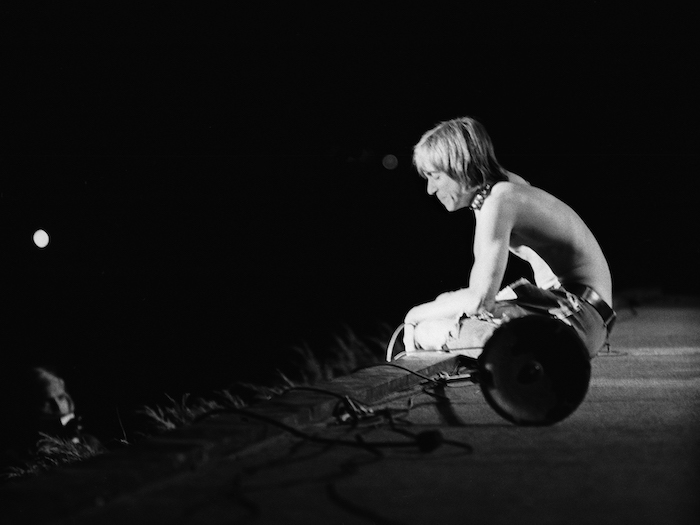


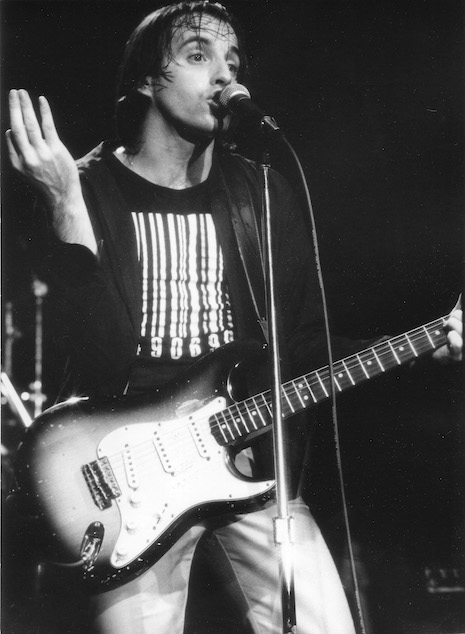
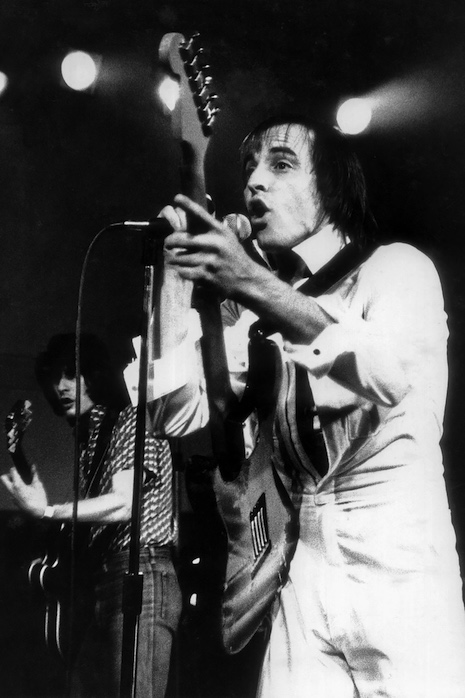
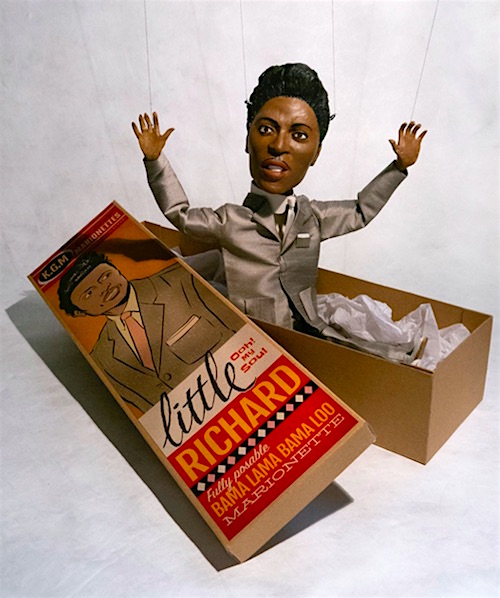

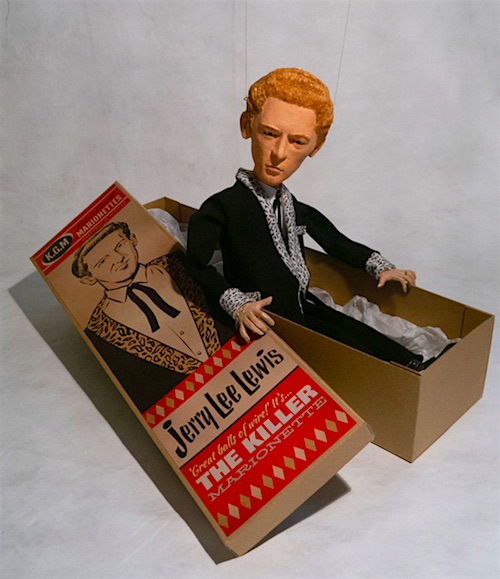


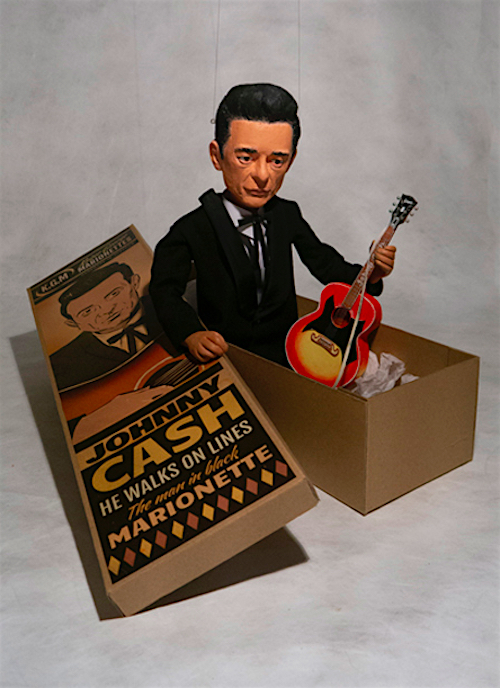



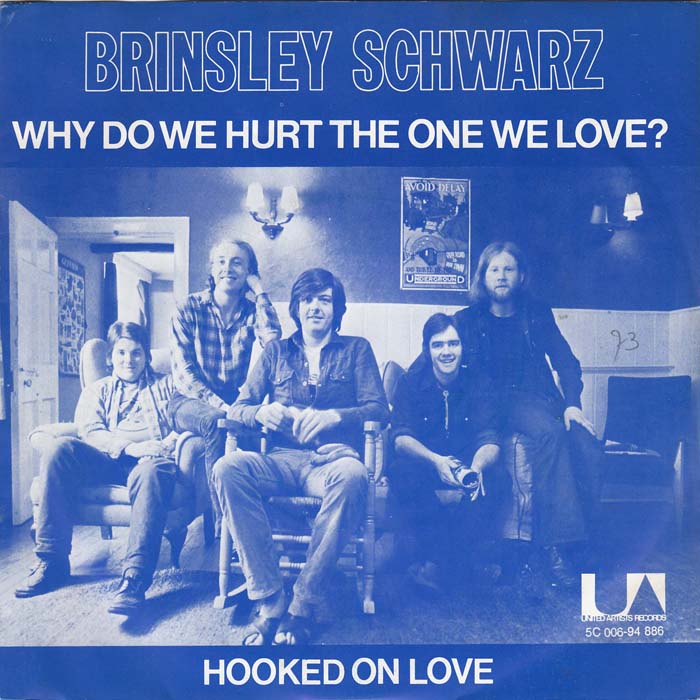
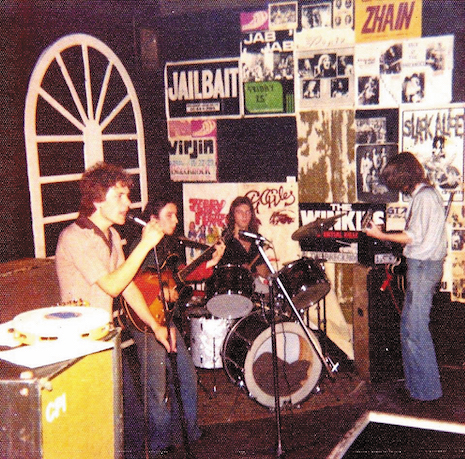

_and_Chas_Hodges_on_HMS_Belfast_1975_copy.jpg)
